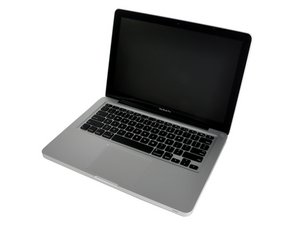Help! Why is my new SSD running SO SLOW?
This is the first time I’m posting a question on the internet regarding these type of issues, so please bear with me. I have a MacBook Pro 13” late 2011, and I read that I could upgrade the HDD to an SSD to make it run much faster. My brother got me the NAND SSD 860 EVO SATA 6Gb/s (500GB) to do the swap. I formatted it to MacOS Extended Journaled and cloned my HDD to it.
Now, before doing the actual physical swap of the HDD for the SSD, I wanted to check its speed, so I used BlackMagic Speed test to do so. My original HDD showed results around 70Mb/s on writing and 98Mb/s on reading. However, when I tested the speed of the SSD it shows no more than 28MB/s on both writing and reading! (I’m using a SATA Hard drive/SSD to USB 3.0 Adapter to connect it to my laptop).
I’ve tried formatting the drive to APFS (because they told me it was the best option since my Mac is running High Sierra), and also thought it might be the USB port I was using on my laptop, so I changed it to the other one, but nothing changed :(
I know the SSD would probably work much faster if it was already installed internally in the laptop, but I just find it hard to believe that the difference between speeds would be so much (This SSD is supposed to do sequential reads of up to 550Mb/S and writes up to 520Mb/s)
Please, I’m really new with trying to do these type of things on my own, and I’m not sure what I’m doing wrong. I’m SO lost and don’t really know what to do. Any kind of guidance would be very much appreciated.



 5
5  5
5  1
1 

1条评论
Hey Ana! I think Dan may have misunderstood the situation. Take a look at my answer below and let me know if this explains things for you!
由 Alex Robinson 完成的